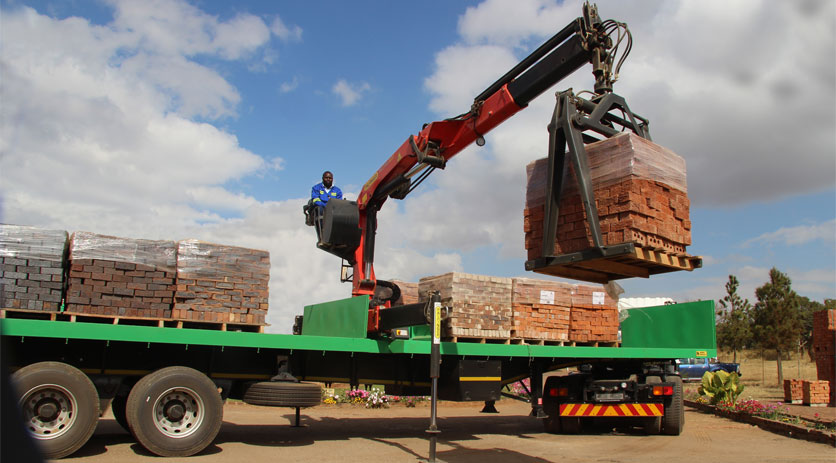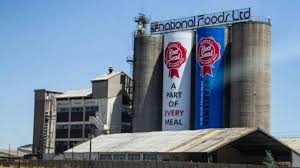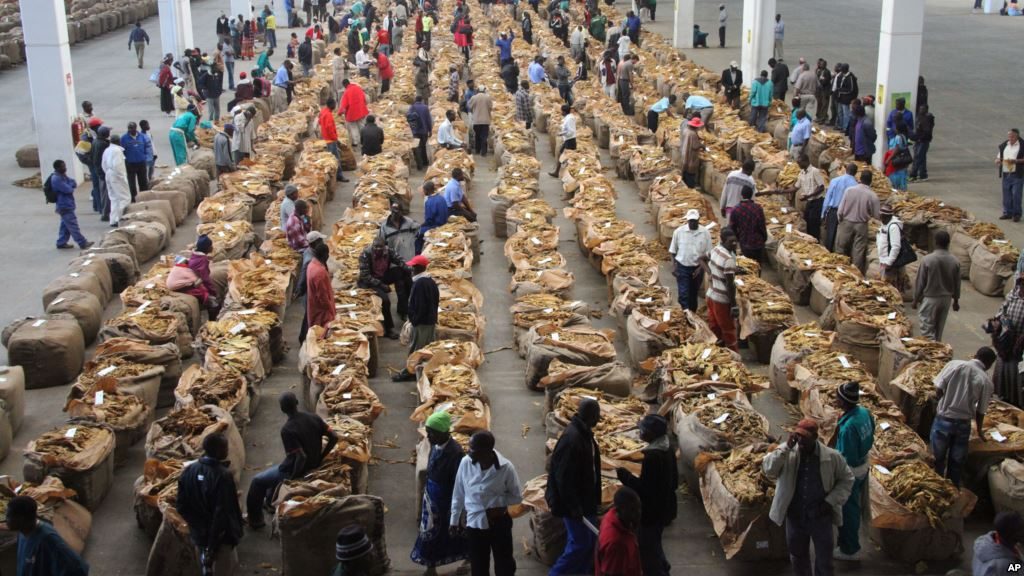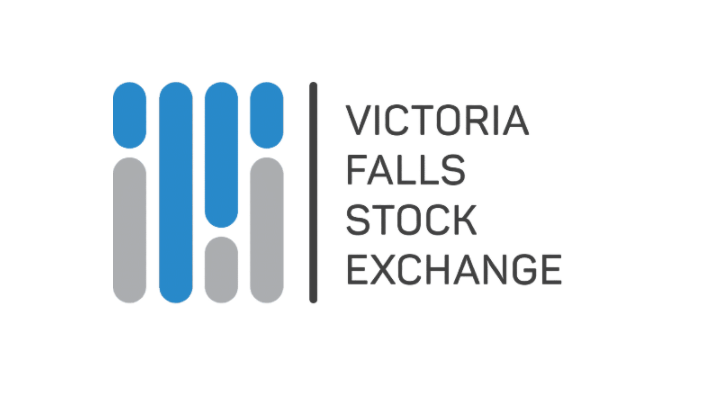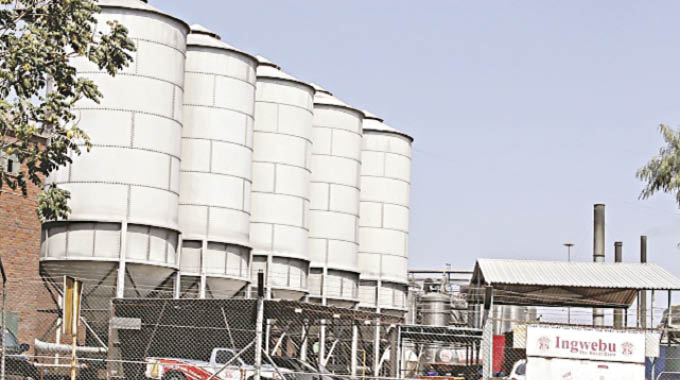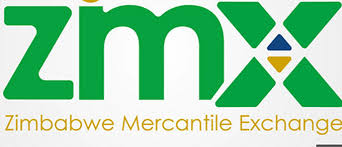Commodity exchanges plot growth plan
ZIMBABWE Mercantile Exchange (ZMX) chief executive officer Collen Tapfumaneyi says regional commodity exchanges will open a vital market window to enable buyers and farmers to trade across borders.
At the recent African Continental Free Trade Area Association of Commodity Exchanges annual conference held in Victoria Falls, ZMX signed a memorandum of understanding (MoU) with its counterparts in Malawi, Zambia and Tanzania meant to promote the fungibility of commodities among the four nations.
“As commodity exchanges, we are positioning ourselves as market windows. So, if you want to look into what is available in Zimbabwe, look into it through ZMX. If you want to look at what is available in Malawi, look at it through ACE (Agricultural Commodity Exchange for Africa). If you want to look at Zambia, look at it through Zamace (Zambian Commodities Exchange); for Tanzania, TMX (Tanzania Mercantile Exchange),” Tapfumaneyi said.
“These four windows now interconnected, meaning that when we have surplus wheat in Zimbabwe, we will broadcast to three countries that, hey, look at us, we have surplus wheat. When they have surplus soya beans in Malawi, everyone sees they have surplus soya beans in Malawi, when they have surplus maize in Tanzania, then you start trading.”
He said this alerts farmers what was in demand, not only in Zimbabwe but regionally, too.
Tapfumaneyi said during its three-year period, ZMX focused on liberalising trade in commodities, which had opened the doors for more trading opportunities.
“The biggest success in this initiative has been the liberalisation of that, breaking the monopoly and all that and allowing open trading of commodities,” Tapfumaneyi said.
“ZMX’s approach is not merely to rush into trading contracts and instruments without a solid foundation. The goal is to create an operational base, which includes establishing certified warehouses, developing infrastructure and ensuring proper grading standards.”
He said this involved processes that took commodities from the farm gate to certified warehouses that met specific standards regarding the weighing, grading and preservation of commodities.
“Setting these standards and connecting the warehouses to the ZMX technology platform requires time and effort,” Tapfumaneyi said.
ZAMACE managing director Jacob Mwale highlighted the importance of leveraging the engagement among the four commodity exchanges.
“This exchange of information also creates opportunities for our clients, our businesses, the agribusiness and even for the farmers to have a view of what is happening in the region and where the opportunities are, not only in the region but even beyond the region,” he said.
“So, we must start talking now in the manner to see which commodity is moving in which direction, where the opportunity is and how we can facilitate those exchanges. So that’s a broader area we’ll be looking at, I mean, the issues of payment.”
He said quality and quantity were crucial for creating a stable and reliable market.
“This builds trust between exchanges, allowing businesses to transact based solely on what they see on the platforms. There’s no need to physically bring samples. The trust and confidence we need in the market are essential,” Mwale said.
“If I am purchasing soya beans from ACE in Malawi and they claim it is grade A, I trust that they have met those standards.”
ACE chief executive officer Kristian Moller said the MoU would promote fungibility.
“So, this agreement we signed now with the four exchanges, the main point is how do we connect the exchanges? So, a buyer on one exchange can buy from a seller on another exchange. Once we have sorted that out, it means, how do we deal with qualities, specifications, settlement, risk, logistics and political interference?
“Once all that is agreed, the system should just mean that the transaction happens automatically because of the two exchanges. So, in Malawi, a main driver for us wanting to do this is that we have the warehouse receipt system.
“We have a series of warehouses, we even have warehouses owned by farmer groups, and the vision is that they can put commodities into that certified warehouse, they can issue a warehouse receipt, and that receipt can now be viewed on all the exchanges.”
Moller said buyers on all the exchanges could buy a commodity and if they wanted it at their doorstep, they could make a quick delivery.-newsda


